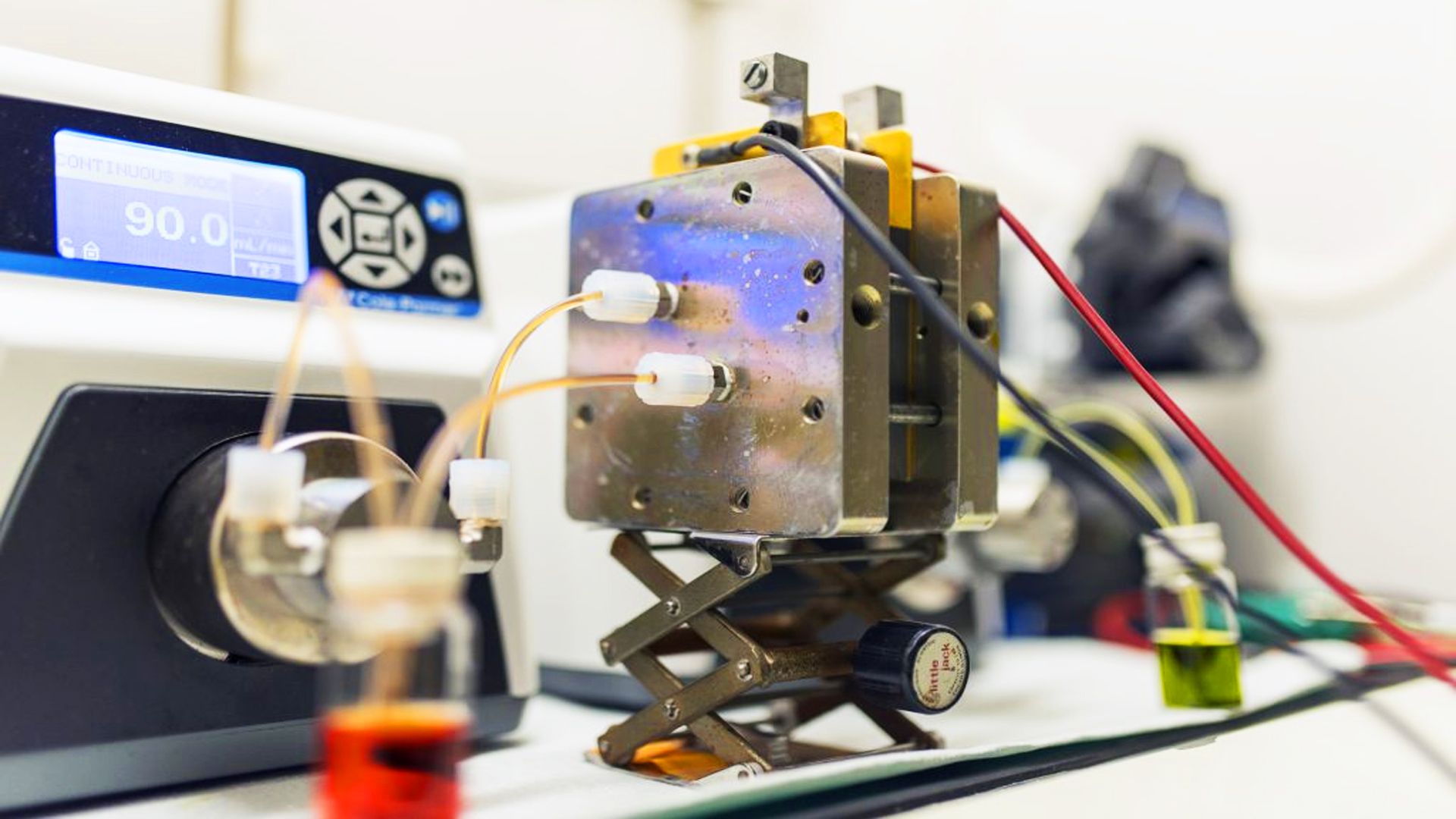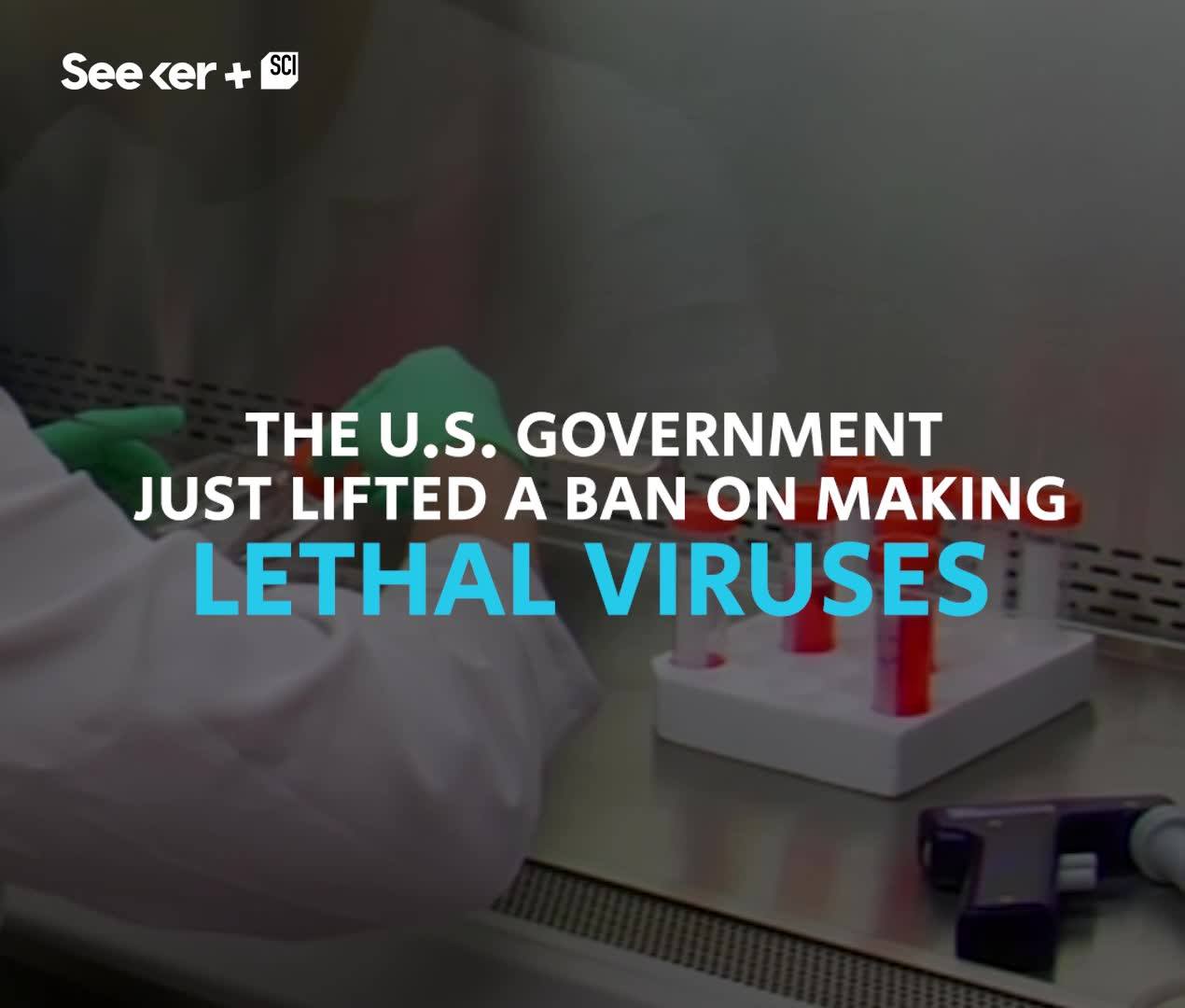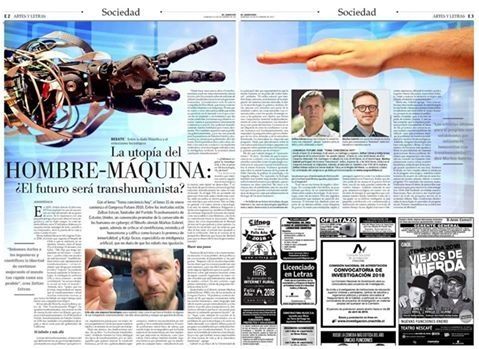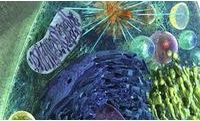Page 9187
Jan 1, 2018
Titanium-Gold Alloy: Physicists Combine Gold with Titanium And Quadruple Its Strength
Posted by Shailesh Prasad in categories: biotech/medical, materials
Scientists from Rice University have discovered a titanium alloy that’s better than titanium at being a medical implant, and it is four times harder than titanium and a vast majority of steels.
When it comes to bone replacements, the go-to material is still titanium. Hard, wear-resistant, and compatible to the body, titanium looks like the best alternative to actual bone, maybe even better. Who knew that you could improve the ‘gold standard’ by just adding actual gold?
Jan 1, 2018
The U.S. Will Allow Scientists To Create Deadly Viruses
Posted by Shailesh Prasad in category: futurism
Yesterday, El Mercurio (A major paper in Chile and Latin America with abt 300,000 copies) published a big feature on #transhumanism that starts with my work and interview. I believe 2018 will continue the fast growing trend of international major media covering how the transhumanism movement is changing the world: http://impresa.elmercurio.com/Pages/NewsDetail.aspx?dt=2017&…2&bodyid=6 #transhumanismo #Spanish
Jan 1, 2018
15 Top Science & Tech Leaders Offer Surprising Predictions For 2018
Posted by Derick Lee in categories: innovation, science
What will 2018 bring? No one knows for sure. But as we did for 2017, we asked top scientists and thought leaders in innovation what they expect to see in the new year. Here, lightly edited, are their predictions.
What scientific discoveries will 2018 bring? We asked leaders in science, technology, and innovation what they think we can expect to see in the new year.
Dec 31, 2017
Why the world population won’t exceed 11 billion
Posted by Aleksandar Vukovic in category: futurism
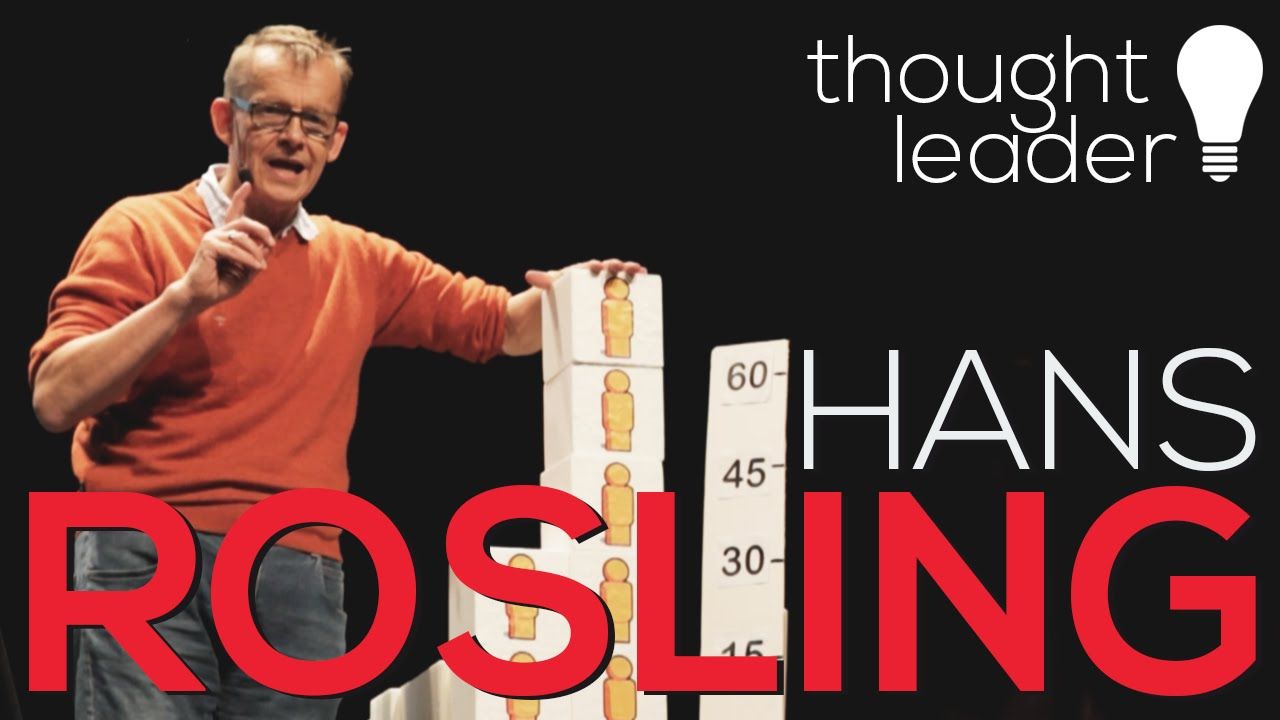
In part 5 of a 6-part lecture, Hans Rosling uses statistics to give an overview of population growth and an explanation of why the total human population will never reach 11 billion, as others predict and fear.
Click on photo to start video.
These tattoos conduct electricity to turn you into a basic cyborg.
Dec 31, 2017
Gallium nitride processor: Next-generation technology for space exploration
Posted by Klaus Baldauf in categories: computing, engineering, space travel
A material known as gallium nitride (GaN), poised to become the next semiconductor for power electronics, could also be essential for various space applications. Yuji Zhao, an expert in electrical and computer engineering at Arizona State University (ASU), plans to develop the first ever processor from gallium nitride, which could revolutionize future space exploration missions.
Gallium nitride is a semiconductor compound commonly used in light-emitting diodes (LEDs). The material has the ability to conduct electrons more than 1,000 times more efficiently than silicon. It outstrips silicon in speed, temperature, power handling, and is expected to replace it when silicon-based devices will reach their limits.
Besides LEDs, GaN can be used in the production of semiconductor power devices as well as RF components. Now, Yuji Zhao aims to use this material to develop a high-temperature microprocessor for space applications. He received a three-year $750,000 grant from NASA’s Hot Operating Temperature Technology (HOTTech) program for his project.
Continue reading “Gallium nitride processor: Next-generation technology for space exploration” »
Dec 31, 2017
The fourth state of matter, plasma: A technology to improve bone healing?
Posted by Shailesh Prasad in categories: bioengineering, biotech/medical, food, life extension, weapons
Cold plasma looks like the glow from the “Star Wars” blue lightsaber but this beam of energy, made of electrons that change polarity at micro-second or nanosecond speeds, could help bones heal faster, according to a study published August 11th in the Journal of Tissue Engineering and Regenerative Medicine.
Most people interact with plasma every day. It’s in our TVs, fluorescent lights, lightning, the aurora borealis, and the sun. However, these are all examples of hot or “thermal” plasmas. Since the discovery of cold plasma, about 20 years ago, it has been used in agriculture to sterilize the surface of fruit without damaging the delicate edibles. More recently, scientists have been performing experiments treating living animal cells and tissues with cold plasma to learn more about its potential applications in medicine.
“We’ve previously studied how different applications of cold plasma can either directly kill cells, such as in skin cancer, or help them grow, as in developing bones. In this study, we asked how cold plasma would affect the area surrounding cells, known as the extracellular matrix,” says lead author Theresa Freeman, Ph.D., Associate Professor in the Department of Orthopedic Surgery in the Sidney Kimmel Medical College at Thomas Jefferson University. The extracellular matrix around cells is made of collagen and other proteins that interact with the cells and can influence their growth and behavior. For example, the extracellular matrix can either promote or inhibit bone formation or cancer cell growth and metastasis.
Continue reading “The fourth state of matter, plasma: A technology to improve bone healing?” »
Dec 31, 2017
Plasma makes wounds heal quicker
Posted by Shailesh Prasad in category: biotech/medical
Many people suffer from skin disorders. Open wounds are a particularly acute problem, especially among the elderly. PlasmaDerm, a new medical technology solution, uses plasma to facilitate faster healing of wounds.
